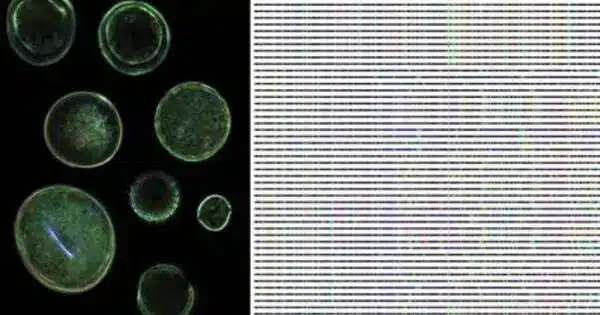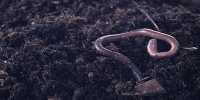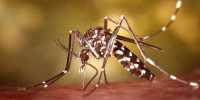Pollen DNA barcoding is a molecular biology approach that uses the genetic information contained within pollen grains to identify and classify plant species. It is the method of identifying pollen donor plant species by amplification and sequencing of certain, conserved plant DNA sections.
Accurately identifying pollen has a wide range of applications, but it has been challenging in the past due to the constraints of microscopic identification of pollen. It is a useful tool in a variety of domains, including ecology, biodiversity studies, and forensic science. DNA barcoding is the use of unique DNA sequences as genetic markers to recognize and differentiate species. In the case of pollen DNA barcoding, the genetic marker is frequently a short, standardized portion of the plant’s genome, such as ribosomal DNA (rDNA) or plastid DNA.
Pollen identification by DNA barcoding entails the particular targeting of gene areas that are prevalent in most plant species but vary greatly across members of different species. The unique sequence of base pairs for each species within these target regions can be used as an identifying feature.
Key steps involved in pollen DNA barcoding:
- Collection of Pollen: Pollen is gathered from the target plants using a variety of methods, including hand sampling, air samplers, and field traps.
- DNA Extraction: The DNA is extracted from the pollen grains that have been gathered. This phase can be difficult since pollen grains have thick outer walls that must be broken down in order to reach the genetic content.
- PCR Amplification: To amplify a specific DNA barcode area, the Polymerase Chain Reaction (PCR) is performed. The chosen barcode area is frequently a small, highly changeable piece of the genome that can differentiate between plant species. The internal transcribed spacer (ITS) region of the rDNA, as well as the rbcL and matK genes in the plastid DNA, are extensively utilized barcode sites for plant DNA barcoding.
- DNA Sequencing: The amplified DNA is then subjected to DNA sequencing, which determines the nucleotide sequence of the barcode region.
- Sequence Analysis: The obtained DNA sequences are compared to reference databases containing sequences from known plant species. By comparing the sequence of the pollen to these databases, researchers can identify the plant species the pollen came from.
Applications
The applications of pollen DNA barcoding range from forensics, to food safety, to conservation. Each of these fields benefits from the creation of plant barcode reference libraries. These libraries range largely in size and scope of their collections as well as what target region(s) they specialize in.
- Biodiversity Assessment: It aids in the surveying and cataloging of plant species in a specific area, particularly when traditional approaches are hampered by the absence of blooms or fruits.
- Ecological Studies: It can be used to investigate plant-pollinator interactions, such as pollinator feeding preferences and the impact of land use changes on pollinator diets.
- Forensic Applications: In forensic investigations, pollen DNA can be used to trace the origin of pollen collected at crime scenes or on individuals, which can provide crucial information in criminal cases or environmental investigations.















